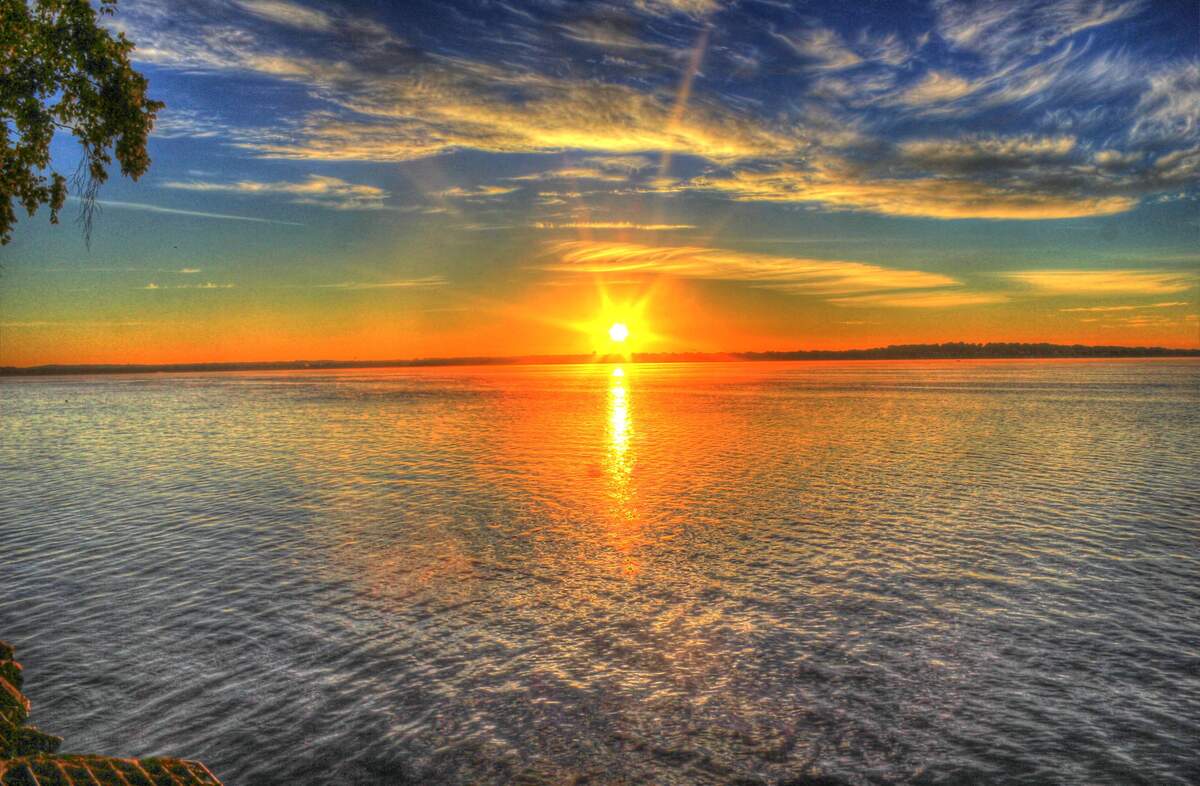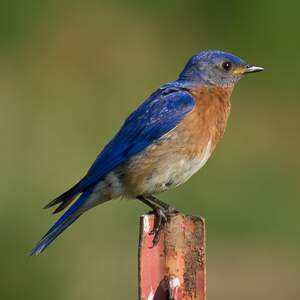

Great Lakes Awareness Day
Observed
Monday of the first full week in May
Dates
Hashtags
Sources
Great Lakes Awareness Day celebrates the Great Lakes and highlights the issues they face, and how the lakes can be preserved. Events for the day have involved organizations such as schools, aquariums, and museums. There is not much information available online about how the day is celebrated or how it came to be.
There are five Great Lakes: Superior, Huron, Michigan, Ontario, and Erie. Together they make up the largest body of freshwater on Earth and stretch 750 miles from east to west. They are located on the border of the United States and Canada and touch the states of Michigan, Wisconsin, Minnesota, Illinois, Ohio, Indiana, New York, and Pennsylvania. It is believed that at one time the Great Lakes were covered by a glacier—it receded towards Canada and left depressions filled with water.
Lake Huron is named after the Wyandot Indians, also known as the Huron Indians, and its surface area is the second largest of the lakes. Manitoulin Island is located in it—the largest island in a freshwater lake in the world. Lake Huron connects to Lake Michigan by the Straits of Mackinac. Lake Michigan takes its name from the Ojibwa word for "large lake." It is the third largest Great Lake in surface area, and the second largest in volume. It is the only Great Lake completely in the United States.
Lake Erie's name comes from the Iroquoian word for "long tail." It is the fourth largest Great Lake in surface area, but the smallest in volume. It is very shallow, averaging just 62 feet in depth. Lake Ontario takes its name from the Huron word for "lake of shining water." It has the smallest surface area of the Great Lakes, but is very deep, holding four times the volume of water as Lake Erie. Lake Erie and Lake Ontario are connected by the Niagara River, on which Niagara Falls is located. Lake Superior is the largest Great Lake in surface area and volume, and it is the deepest of the lakes, reaching a depth of 1,332 feet. Its name comes from the French word for "upper lake," and fittingly, it is the farthest north of the Great Lakes.
Vessels from the United States and Canada haul about 125 million tons of cargo on the lakes each year. They haul mined materials such as iron ore, coal, stone, and salt; agricultural products such as wheat, corn, soybeans, and oats; as well as other materials. About 3,500 species of plants and animals live in the Great Lakes Basin, including over 170 species of fish. The lakes are a large freshwater fishery, being a home for species such as salmon, trout, perch, walleye, bass, and herring.
The Great Lakes face many issues, such as pollution and invasive species, illustrating why a day is needed to raise awareness about them. Over 140 federal programs for environmental restoration and management take place on the Great Lakes. Amendments to the Clean Water Act were made in 1972, helping regulate water pollution in the lakes. The Great Lakes Quality Act, also from 1972, was signed by the United States and Canada to help protect and restore the Great Lakes.
How to Observe Great Lakes Awareness Day
See if any organizations or places near you are holding any events on the day. Learn about issues the Great Lakes face, and find ways to get involved to protect the lakes. Plan a trip to explore some of the wonders of the Great Lakes. Maybe you could even explore the lakes while driving one of the Great Lakes Circle Tours. It is believed that about 6,000 ships have sunk in the Great Lakes, with about 30,000 lives lost. You could spend the day learning about some of the shipwrecks by visiting the Great Lakes Shipwreck Museum. One of the most famous ships to have sunk is the SS Edmund Fitzgerald, which sank in a storm in Lake Superior on November 10, 1975, with all 29 of its crew members perishing. It was immortalized in song by Gordon Lightfoot.





















